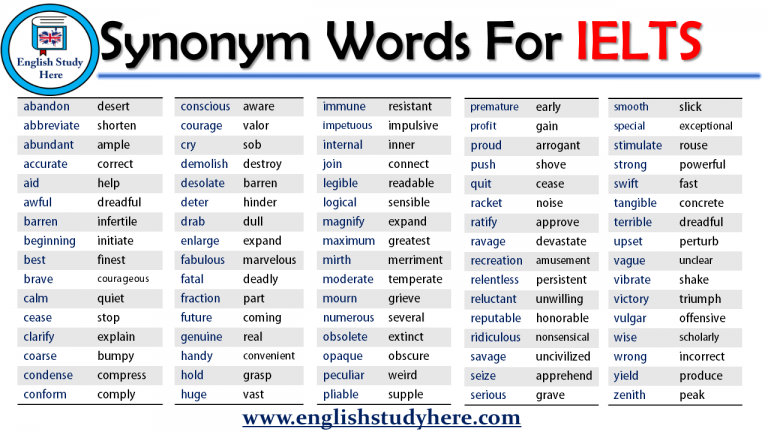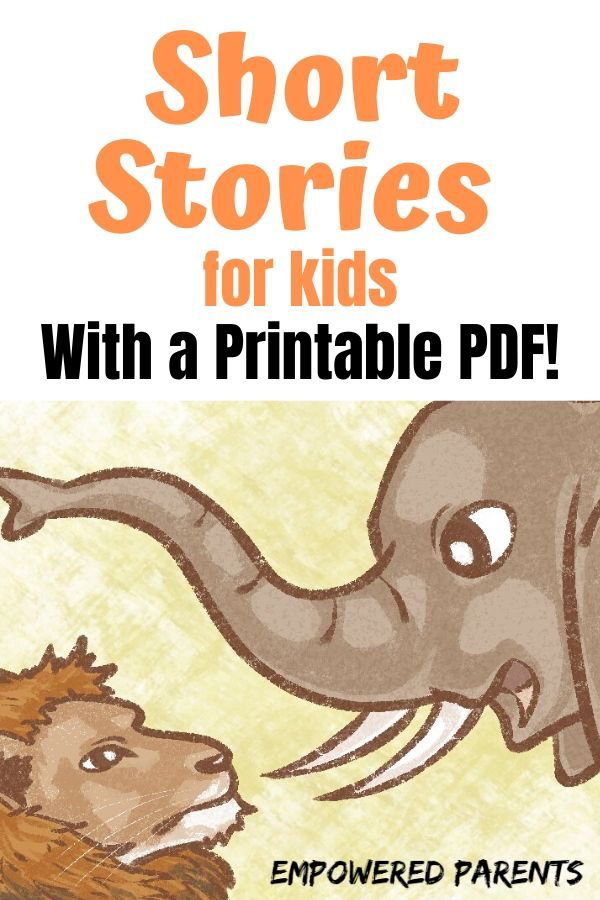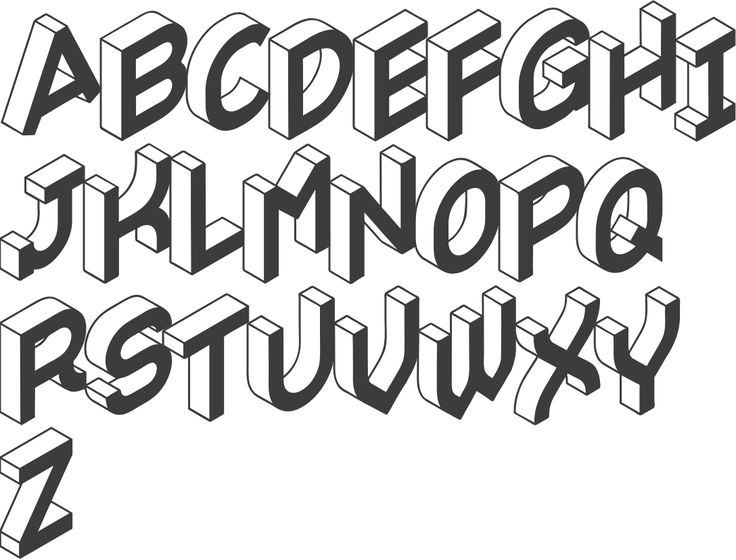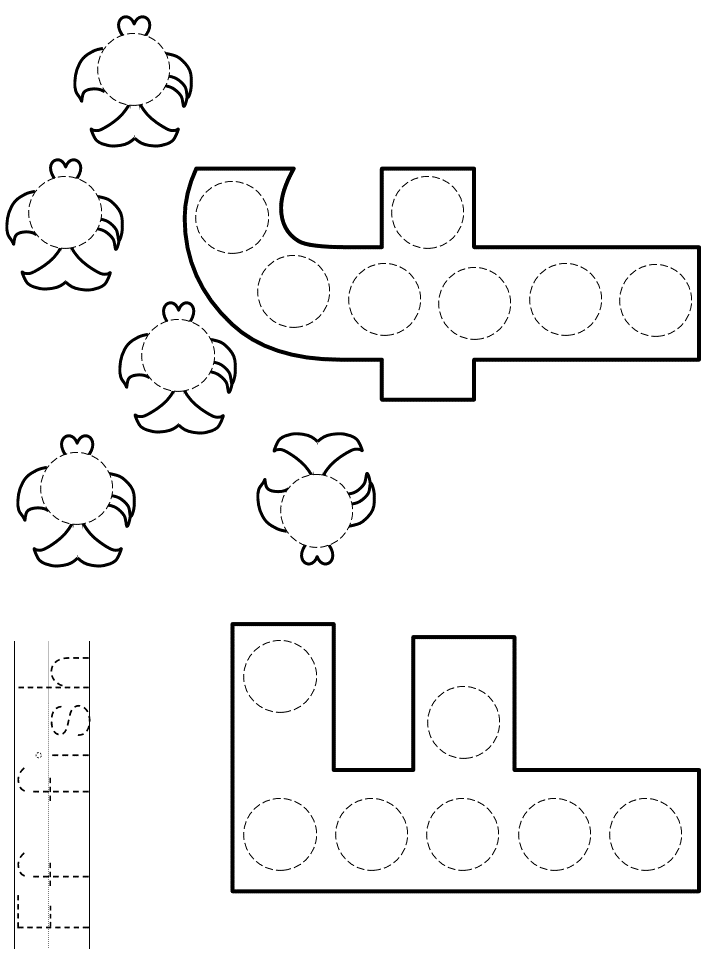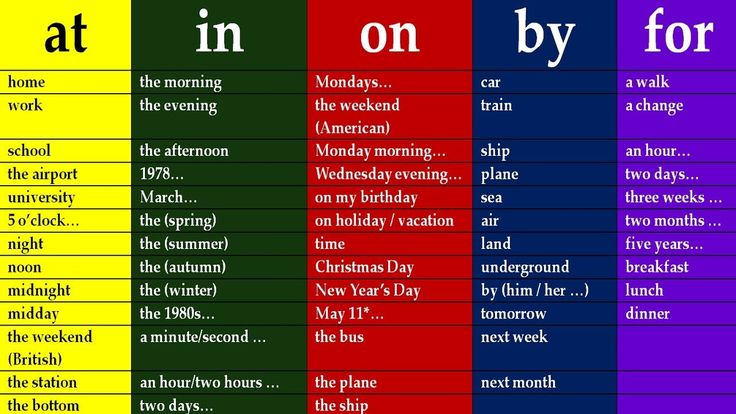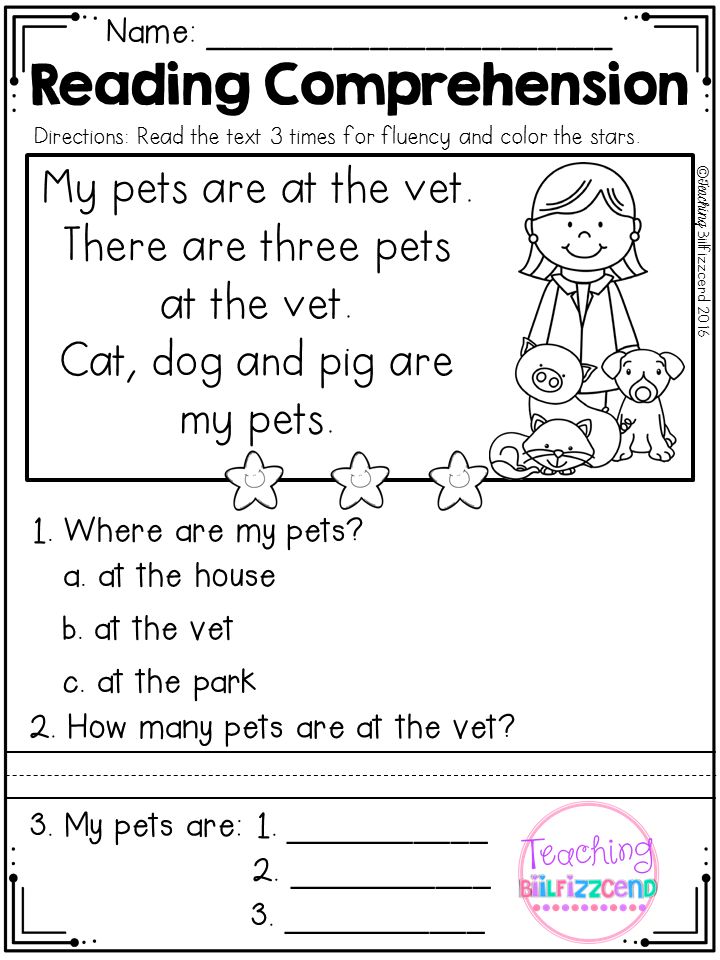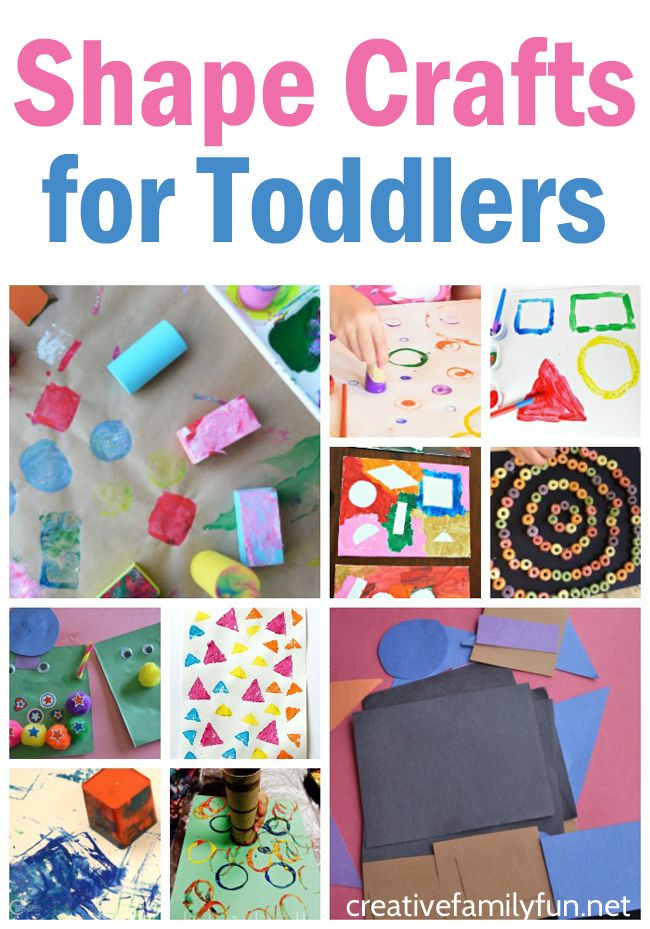Check reading level
Measure the Readability of Text
Introducing
ReadableProReadablePro is a powerful collection of tools for analysing and improving the readability of your content.
Cutting-Edge Accuracy
Choose from a collection of industry-leading readability formulas with confidence that the score you get is accurate.
Score Everything
You can score any text content with ReadablePro, including Word documents, PDFs, Open Office, Markdown and even eBooks.
Readability Reports
Generate printable reports or download detailed spreadsheets of your results.
URL Analysis
Extract the main piece of text content from a webpage and analyse it instantly.
Email Marketing
Send emails to a private email address for your account and have the HTML and Text versions scored for readability.
Content Analysis
Check the sentiment, tone and personalism of your content and ensure a consistent voice across all of your publications.
3,000+ authors, marketers, and educators trust us to delivery accurate readability analysis.
What is a readability score?
A readability score is an objective measure of the complexity of text.
They are usually numbers, calculated by any one of several readability formulas, designed to tell you how easy someone will find a piece of text to read.
A great readability score means your content is easy to read, increasing the chances that someone will read all the way to the end and understand what you are saying.
Why is readability important?
- 85%The proportion of the public who can read your content if it has a readability grade of 8 or better.
-
7The average reader's attention span, in seconds, in 2023.
 About the same amount of time it takes to read these three lines of content.
About the same amount of time it takes to read these three lines of content.
- +83%The increase in the number of people who will finish reading your content if its readability is improved from grade 12 to grade 5.
Text Scoring
Our text scoring feature is where ReadablePro all began. Since then, we've packed it full of more handy features to guide you to improve your readability.
Simply paste any text into our text scoring feature and we'll guide you on how to improve your readability.
Our handy sidebar on the right of the text tool will tell you which parts of your text need the most attention, which you can click to navigate. Highlights and hover annotations will explain the issue it's highlighted and give you a suggestion of how to fix it.
There's nothing like visible progress to keep you motivated and productive - your score will update automatically as you edit.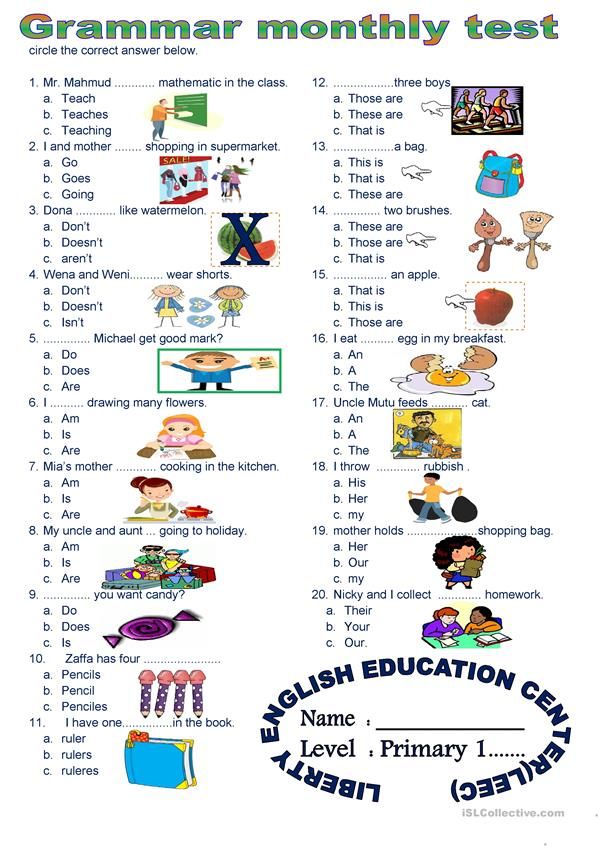
After a few simple changes, you'll be amazed how much clearer your writing is.
File Scoring
Upload your current projects and let ReadablePro get to work scoring your document within minutes.
Files you can upload include Word documents, Open Document, CSVs of texts or URLs, Markdown, PDFs, eBooks and almost any other text format in use today.
Once your report is ready, we'll email you with a link to download it. You can also find your file stored on your account where you can view and edit it anytime.
Bulk Scoring
Sometimes you may find you have a lot of text or URLs to score. Don't worry, we can handle that too!
Upload a CSV (a simple spreadsheet format which you can get from Excel, Calc or any other spreadsheet application) of text or URLs (or both, combined), and we will score every item individually. Much faster than doing them one at a time!
This means you could bulk-score all the URLs from a particular section of your website that needs attention. We'll give you an overall readability score for the CSV and a score for each URL included.
We'll give you an overall readability score for the CSV and a score for each URL included.
Bulk URL uploading is supported on all of our plans - ContentPro, CommercePro and AgencyPro.
Flesch Reading Ease and the Flesch Kincaid Grade Level – Readable
Flesch readability scores are the most popular and are the most widely tested and used. We'll explain what the Flesch and Flesch-Kincaid readability scores are and how to interpret and use them.
What is a Flesch Reading Ease score?The Flesch Reading Ease gives a text a score between 1 and 100, with 100 being the highest readability score. Scoring between 70 to 80 is equivalent to school grade level 8. This means text should be fairly easy for the average adult to read.
The formula was developed in the 1940s by Rudolf Flesch. He was a consultant with the Associated Press, developing methods for improving the readability of newspapers.
Now, over 70 years later, the Flesch Reading Ease is used by marketers, research communicators and policy writers, amongst many others. All use it to help them assess the ease by which a piece of text will be understood and engaged with.
What is the Flesch-Kincaid Grade Level?The Flesch Kincaid Grade Level is a widely used readability formula which assesses the approximate reading grade level of a text.
It was developed by the US Navy who worked with the Flesch Reading Ease. Previously, the Flesch Reading Ease score had to be converted via a table to translate to the reading grade level. The amended version was developed in the 1970s to make it easier to use. The Navy utilised it for their technical manuals used in training.
Now it’s used for a much wider variety of applications. If a text has a Flesch Kincaid level of 8, this means the reader needs a grade 8 level of reading or above to understand it. Even if they’re an advanced reader, it means the content is less time-consuming to read.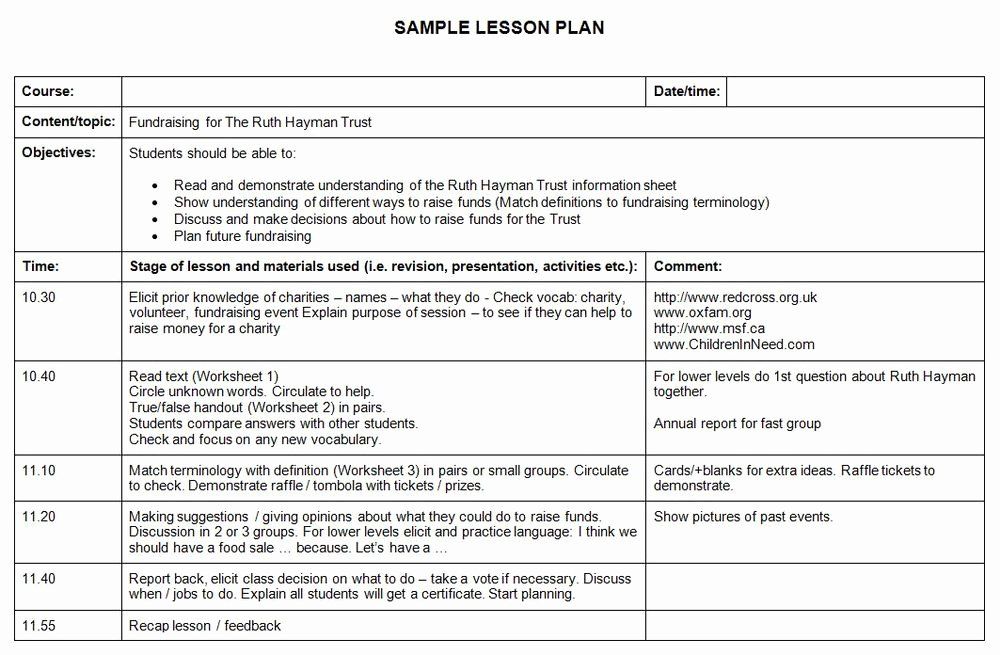
Flesch readability tests work by taking into account sentence and word counts. The mathematical formula underlying the two tests look like this:
At first glance, the formulas for the readability scores may not seem to make sense. But, the building bricks that make up both Flesch scores are straightforward and based on two factors:
- Sentence length. As judged by the average number of words in a sentence
- Word length. As judged by the average number of syllables in a word
Sentences that contain a lot of words are more difficult to follow than shorter sentences.
Many of the classics of English Literature were written in the 18th and 19th centuries. During this time, the average sentence was a lot longer than it is now.
You could have a long paragraph which was one long sentence; strings of clauses connected with peppered semicolons were the norm. However, because the average length of a sentence has decreased with time, so has our attention span. We no longer have the tolerance for lengthy, meandering prose.
We no longer have the tolerance for lengthy, meandering prose.
Similarly, words that contain a lot of syllables are harder to read than words that use fewer syllables. For example, “it was a lackadaisical attempt” is more difficult to read than “it was a lazy attempt”.
What do the Flesch scores mean?Both Flesch scores reflect how readable a piece of content is. The Flesch Reading Ease score is between 1 and 100, and the Flesch Kincaid Grade Level reflects the US education system. They are both calculated with the same units, but the weightings for these units are different between the two tests, resulting in different readability scores.
Flesch-Kincaid Reading EaseThe higher the reading score, the easier a piece of text is to read.
Note that this differs from the majority of readability scores where a lower score is easier.
For example, a reading score of 60 to 70 is equivalent to a grade level of 8-9 so a text with this score should be understood by 13 to 15-year-olds.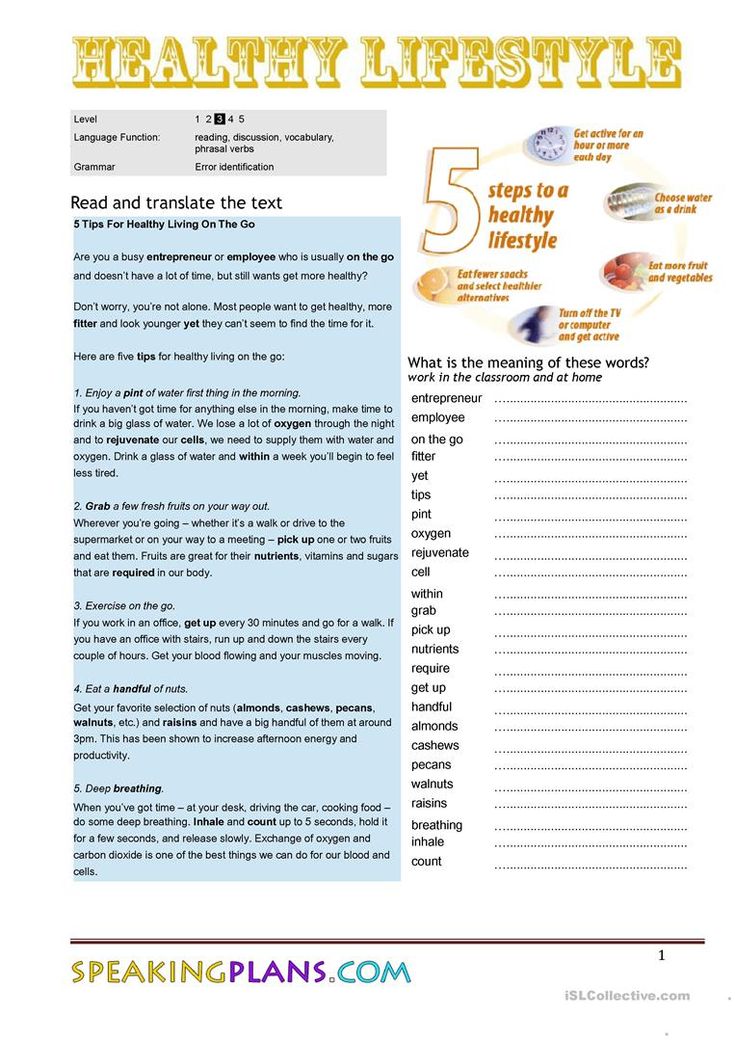
To make sense of a Reading Ease score, a conversion table is needed. This translates the score into a grade level.
Flesch-Kincaid Grade LevelThe Flesch-Kincaid Grade Level is equivalent to the US grade level of education. It shows the required education to be able to understand a text.
Text intended for readership by the general public should aim for a grade level of around 8, schooling age 13 to 14.
When is Flesch-Kincaid most useful?Flesch Kincaid is ideal for:
- Writing copy for your website
- Advertising your product
- Producing terms and conditions that don’t confuse
- Boosting your SEO performance
- Choosing textbooks for a class or training program
- Editing your novel
- Communicating your research to a non-specialist audience
Readability scores can give you valuable insights into how easy your text is to understand. This has a direct impact on the extent people engage with and take on your message.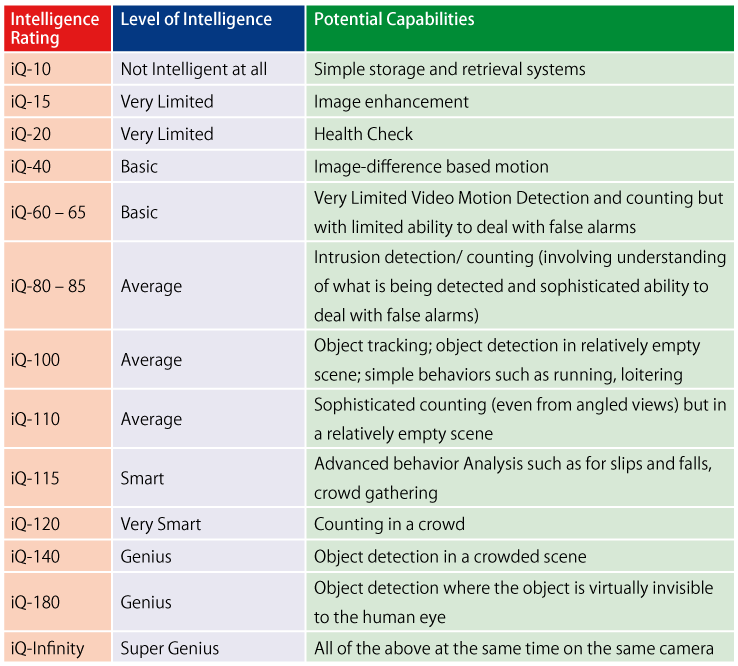
Content with a higher engagement rate has many benefits, including:
- Decreasing bounce rate
- Increasing time on site
- Content delivers for the reader
- Readers want to share your content
- Readers go further into your site
They also:
- Click on CTAs
- Add products to their shopping carts
- Spend money with you
- Keep on coming back
Having a readable website with engaging content is a boost for any business or organization.
How do the Flesch tests compare to other readability formulas?The Flesch tests are the most well-established in use cases ranging from marketing to government.
Whereas some formulas are more specialist, Flesch Kincaid comes the most recommended for all sectors and disciplines.
Read speed test. Online simulator for developing reading speed and awareness skills in 2021!
Reading speed is an important indicator not only for schoolchildren, who regularly check it. It is very important for an adult in the modern world to be able to navigate in huge flows of information. A reading speed test will help you determine your current level and see if you need to work on improving this skill or if you are reading fluently enough.
It is very important for an adult in the modern world to be able to navigate in huge flows of information. A reading speed test will help you determine your current level and see if you need to work on improving this skill or if you are reading fluently enough.
Content
1. How to check reading speed?
2. How can I check my reading speed myself?
3. How to test a child's reading speed?
4. What reading speed is considered normal for adults and children?
5. How to choose the right text to test reading speed?
6. The book "Everything you wanted to know about speed reading, but were afraid to ask"
How to check reading speed? nine0029
The easiest way is to take a stopwatch (you can use the application on your phone), a text to check your reading speed and read it at a normal pace for one minute. It is important that the text is non-technical, does not contain highly specialized terms and concepts, and is not familiar to the reader.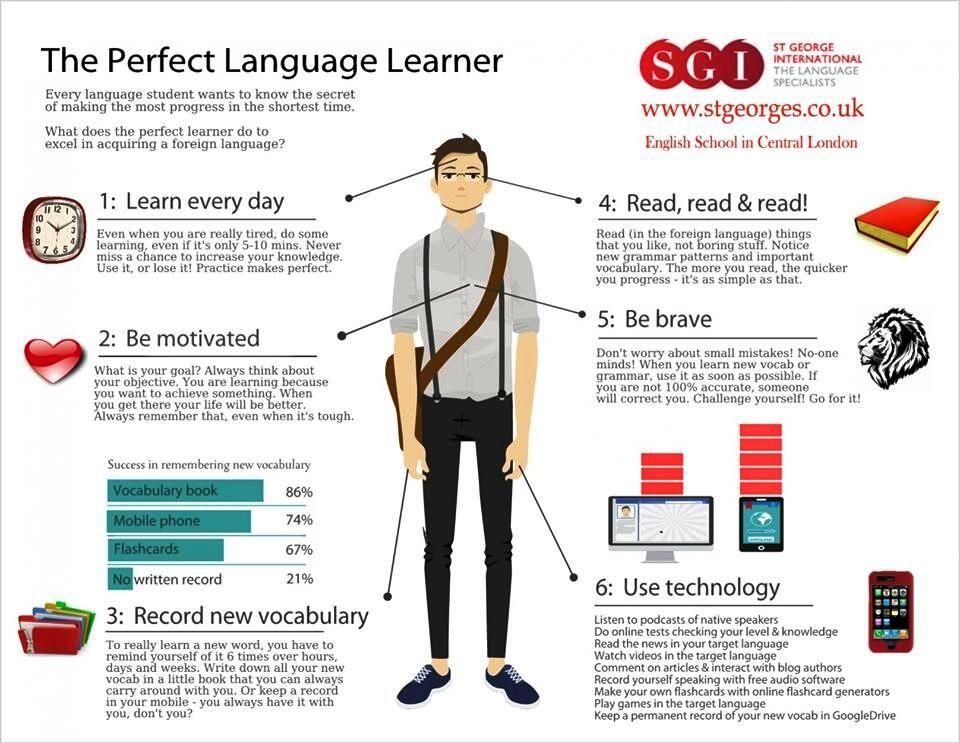 The text should not be too primitive. The testee must see the text for the first time so that the results are not artificially inflated.
The text should not be too primitive. The testee must see the text for the first time so that the results are not artificially inflated.
But what do you care about speed, if you don't understand with what awareness you absorb the text? :) nine0003
A much better way to find out your reading speed is to take a free online test. To do this, sit back, enter your name in the form above, press the button and you will immediately see the text that you need to read, slowly, trying to understand everything that is written.
When the entire text is read - click on the button at the very bottom. The program will automatically determine the reading speed and prompt you to answer a few questions to understand the degree of assimilation of the material. As a result of testing, you will receive not only the result of your reading speed and awareness, but also recommendations for improving your reading technique in the format of the book "Everything you wanted to know about speed reading, but were afraid to ask.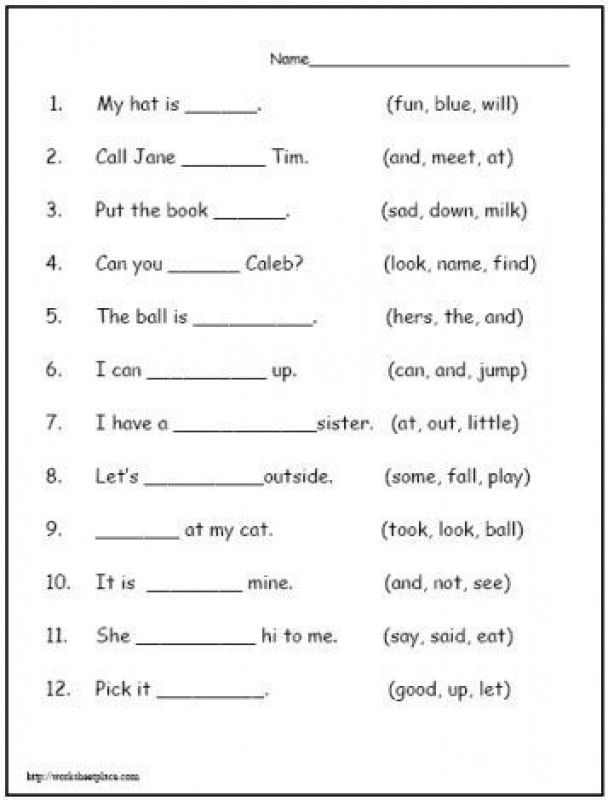 " Enter a name. Click the button and find out your real reading speed. Have a good day. nine0003
" Enter a name. Click the button and find out your real reading speed. Have a good day. nine0003
How can I test my reading speed myself?
We have prepared for you a tool with which you can independently check the speed of reading. Our tool include a certain amount of text that you need to read as quickly as possible. You will then have the opportunity to answer a series of questions about the text, allowing the program to determine your level of understanding. Based on the data received, a result and a certificate are issued. This certificate can be shared with your friends on social networks and challenge them to a battle to test the speed and awareness of reading :). nine0003
If you want to do it yourself, you can do it according to the following scenario. A text of medium complexity is taken, located on one sheet. You will need an assistant who will keep track of the time and will be able to test the level of your understanding of the information. Check algorithm:
Simultaneously with the start command and the start of the stopwatch, you begin to silently read the text.
When the text is finished, you say stop - time stops.
Then you need to answer a few questions regarding the content (reading speed implies a full reading comprehension). nine0003
The last step is to count the words in the text and determine the average number of words per minute (words in the text can be counted before reading).
This is the certificate you can get based on the results of passing the test
How to check the reading speed of a child?
A child's reading speed can be tested in a similar way. The child should read aloud, at least in elementary school. Then you can switch to the usual way of checking for adults. nine0003
Schools often test reading skills by counting the number of words read per minute. This gives a small error, since words come in different sizes, but a similar verification method can also be used.
What reading speed is considered normal for adults and children?
The average reading speed for an adult is 200-230 words per minute. Below average, but an acceptable rate is 150-200 words per minute. Adults who read more than 230 words per minute are considered fast readers. For the speed reading technique, the optimal speed is 350-400 words per minute. nine0003
Below average, but an acceptable rate is 150-200 words per minute. Adults who read more than 230 words per minute are considered fast readers. For the speed reading technique, the optimal speed is 350-400 words per minute. nine0003
In children, the indicators are dynamic and change depending on age. Approximate norms used in elementary school:
20-30 words per minute for first grade;
45-60 words per minute for second grade;
70-85 words per minute for third grade;
90-125 words per minute for fourth grade.
How to choose the right text to test reading speed?
The criteria for selecting text to test reading speed are identical for adults and children. The only difference is the volume and complexity of the information. The text must match the following parameters: nine0003
medium difficulty appropriate for age;
the absence of specific unfamiliar words or their minimum number;
no dialogs;
location on one page;
large, comfortable to read font;
lack of pictures and other distracting elements.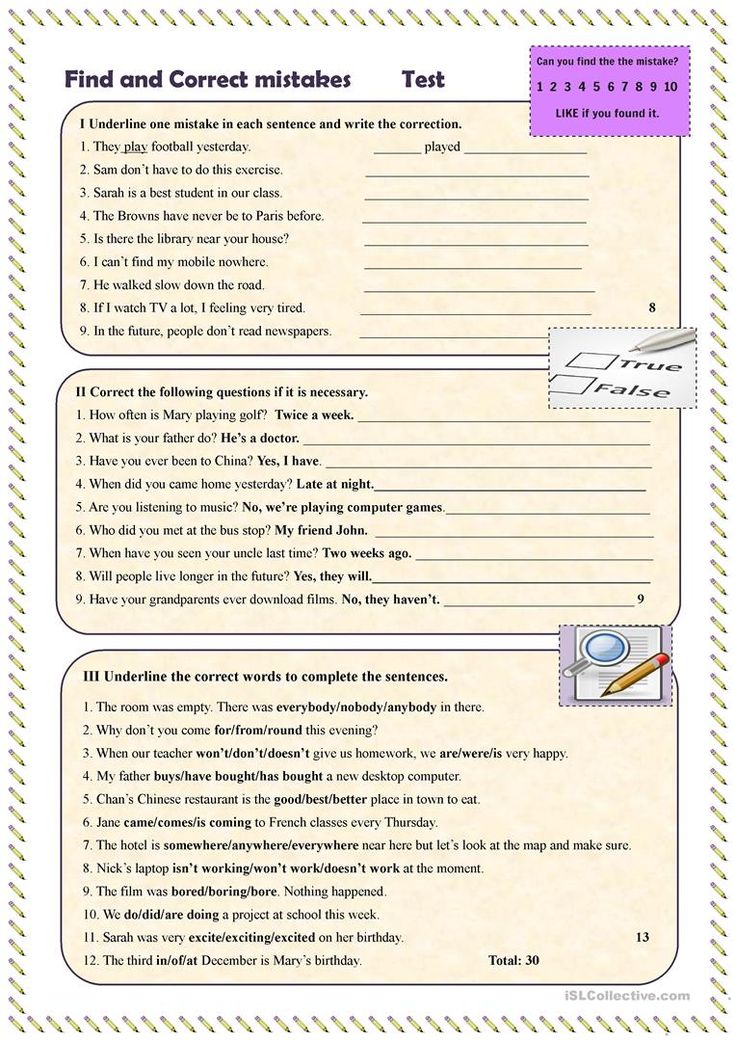
In our tool for testing reading speed and comprehension, we tried to take into account all these factors so that the resulting tool would be convenient for both adults and children. At the same time, he gave a fairly clear answer to the question about the real reading speed. nine0003
It should be remembered that reading speed is a variable parameter, which decreases if a person rarely sits down at a book, and increases with constant reading. There are many special techniques aimed at significantly increasing the speed of reading text information.
Everything you wanted to know about speed reading but were afraid to ask test. So don't waste a second,
go back to the very top of the page and go take the test!Reading speed test online is simple, convenient and fast
We have already written so much here about how to correctly measure your reading speed, achieve awareness and interpret the results, that every second of delay before you pass the online reading speed test and receive a personal certificate is just like death. Return to the very beginning of the page, enter your name in the field under the video and go to the enchanting world of unfamiliar texts and tricky questions :). nine0003
Return to the very beginning of the page, enter your name in the field under the video and go to the enchanting world of unfamiliar texts and tricky questions :). nine0003
📖 Reading speed Q&A section
📕 What formula is used to calculate reading speed?
If it’s very short, then the formula for calculating the reading speed is as follows: V = (Q / T) x K. This formula allows you to get a real figure for reading speed with a correlation to the coefficient of meaningfulness. You can read more about the formula here in this article .
📗 What books do you recommend reading to develop speed reading? nine0006
We have compiled a list of the most useful books for the development of speed reading and posted it in a separate post on the blog. The list is constantly updated and gives an idea of the main books with which you can develop speed reading skills.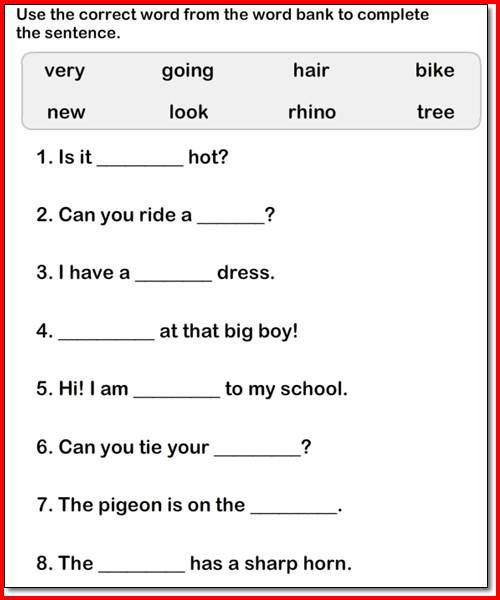
📘 What if I want to increase my reading speed?
You can start by learning the theory, or you can download our workbooks , which we have created especially for those who who wants to start learning speed reading. There are two of them: one notebook for adults, the second for children. Contains some theory and practical exercises designed for several weeks of regular classes. nine0003
📙 How to check a child's reading speed?
The reading speed test, which is located on our website, is suitable for both adults, as well as for children. We specifically tried to choose mostly literary texts that will be easy to read. to understand the child. Just go to the reading speed test page from the link above, enter child's name and start reading. Then the program will do everything for you.
📔 I want to check my reading speed online for free.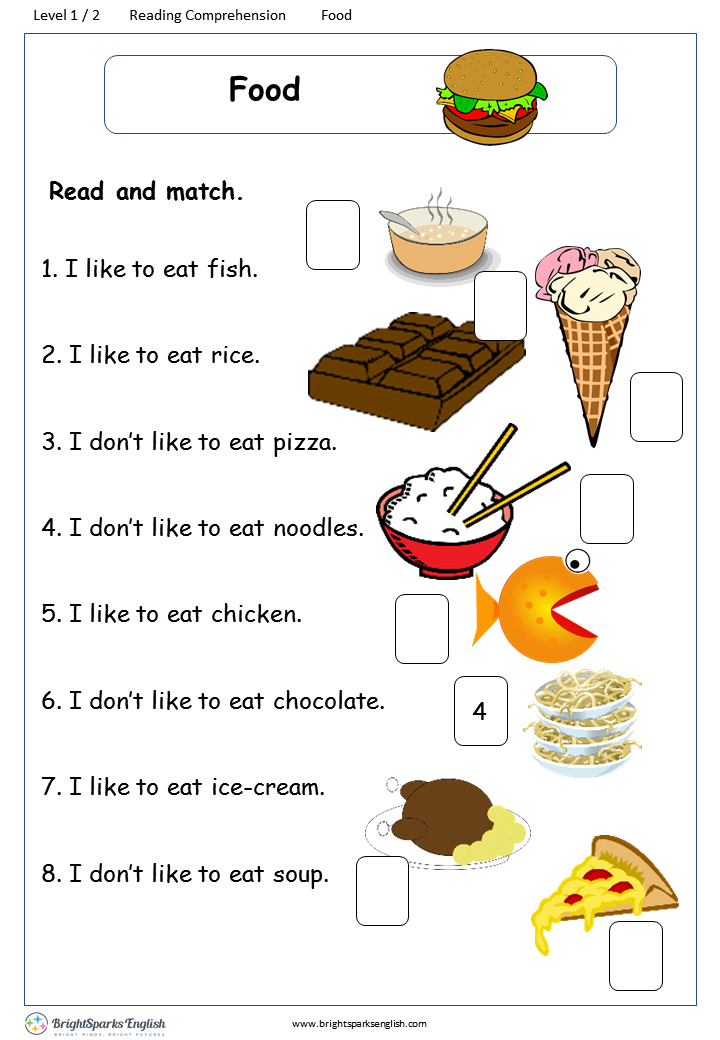 How to do it? nine0006
How to do it? nine0006
Easier nowhere. The tool, which is located at https://bukva.info/rapid/ , was created just for this. You just enter your name, read the text and answer the questions. The program monitors the speed of your reading and its meaningfulness. After answering the questions, you will receive a certificate with your result. The certificate can be shared with friends in social networks :).
📓 What is the "Read Fast" project?
Read Fast is a project dedicated to the problem of fast and conscious reading. We believe that you can read 3-4 times faster. However, the quality of memory reading material will only increase. Let's try together :). nine0003
Measuring Reading Speed
Chapter 1 No Models
Genes and Memes
Whoever you are, your brain can change. Everything depends on you. It doesn’t matter what opinion you yourself or others about your creative abilities have: abilities can be developed.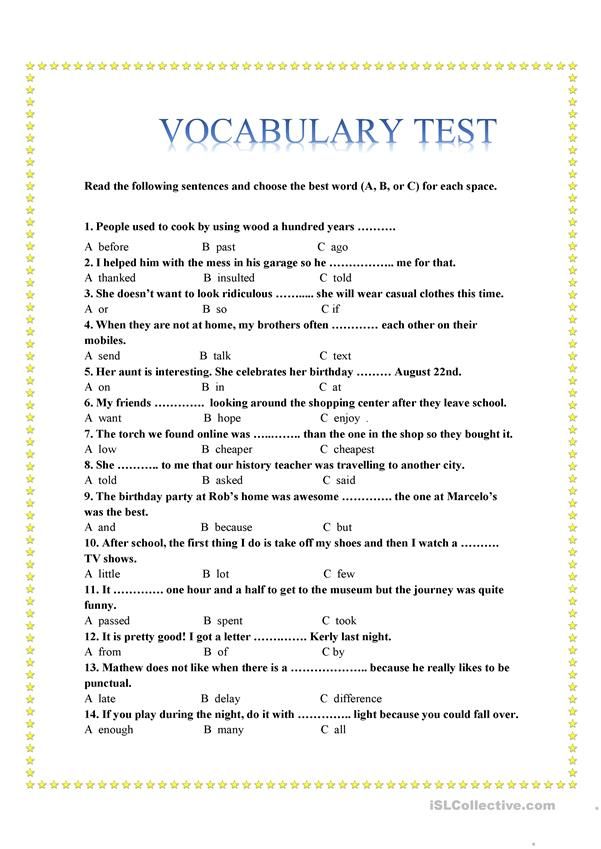 The task of revealing creative potential has been facing people for a long time. But if earlier creative gurus relied on their experience and intuition in their training, today the latest technologies have come to the rescue. The brain can learn and change until death. This ability is called neuroplasticity. No matter what you have experienced and what genes you have inherited, consciousness, that is, the way you think, can change the structure and anatomy of the brain. When you opened this book, your brain had a certain structure, certain neural connections. At the end of reading, other connections will appear, and this structure will change. Without a doubt, the brain will become better, because you will learn about its capabilities and limitations. If, in addition, you regularly apply the described techniques, your creativity will increase. Changes will be noticed not only by you, but also by colleagues, relatives and friends: I know this from myself (I am my main guinea pig) and from hundreds of people with whom I was lucky to work.
The task of revealing creative potential has been facing people for a long time. But if earlier creative gurus relied on their experience and intuition in their training, today the latest technologies have come to the rescue. The brain can learn and change until death. This ability is called neuroplasticity. No matter what you have experienced and what genes you have inherited, consciousness, that is, the way you think, can change the structure and anatomy of the brain. When you opened this book, your brain had a certain structure, certain neural connections. At the end of reading, other connections will appear, and this structure will change. Without a doubt, the brain will become better, because you will learn about its capabilities and limitations. If, in addition, you regularly apply the described techniques, your creativity will increase. Changes will be noticed not only by you, but also by colleagues, relatives and friends: I know this from myself (I am my main guinea pig) and from hundreds of people with whom I was lucky to work.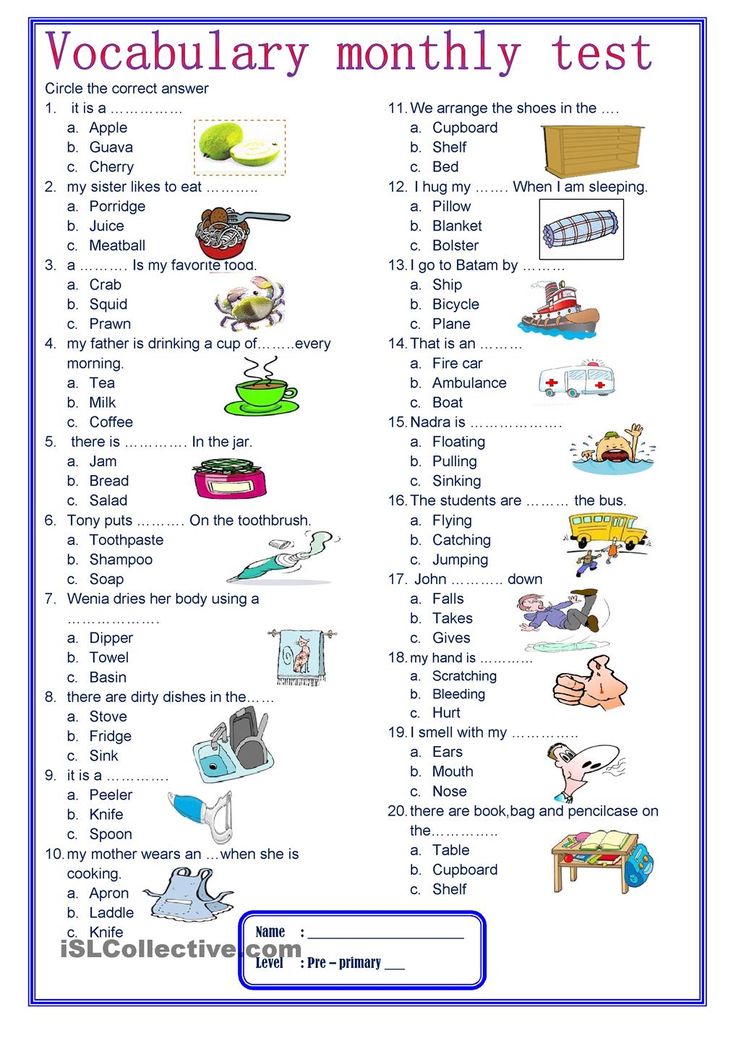 I want to share this knowledge with you, dear readers, to help you become a more creative and live a rich and happy life.
I want to share this knowledge with you, dear readers, to help you become a more creative and live a rich and happy life.
How did mankind come to its present position? We survived, in part, thanks to two continuous processes: biological evolution and cultural development. Evolution consists in the accumulation of such genetic mutations that make their carriers better adapted to their environment. This accumulation occurs as a result of natural selection, unconscious and uncontrollable. In culture, on the contrary, the main role is played by the creative forces of mankind, which radically change the cultural paradigm. And this is a completely conscious process. nine0003
It is possible to draw a parallel between creativity and gene mutations in the course of evolution
The nervous system is arranged in such a way that the discovery of something new, so important in creativity, stimulates pleasure centers. However, the passion for learning and research depends not only on genetics, but also on childhood experience.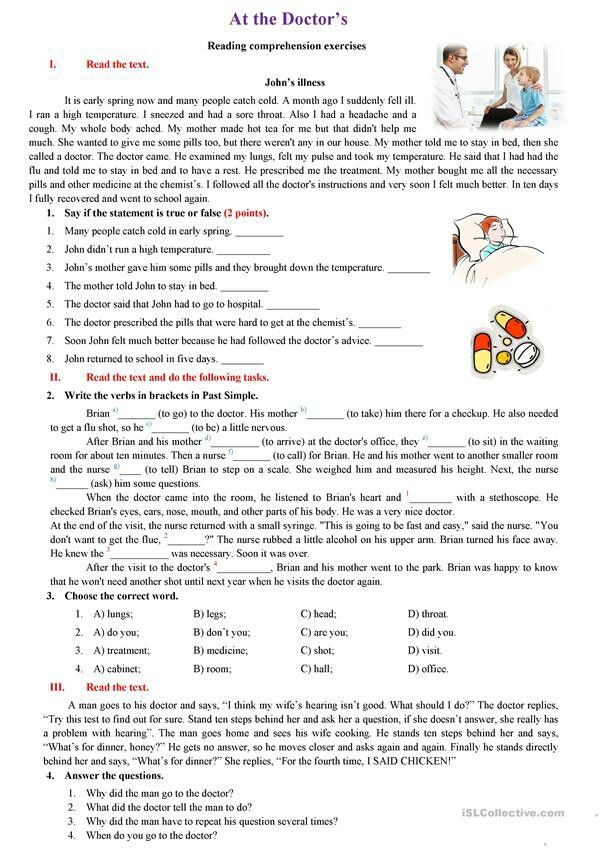 If this is true, then our ancestors recognized the importance of inventions, protected innovators and learned from them: the survival of society in the face of unforeseen circumstances and threats depended on the creative abilities of such people. nine0003
If this is true, then our ancestors recognized the importance of inventions, protected innovators and learned from them: the survival of society in the face of unforeseen circumstances and threats depended on the creative abilities of such people. nine0003
In addition, another much more primitive and effective force, peace, played an important role in our survival. For the most part, energy is stored when there is no active action, when the body and mind are at rest. The need to conserve energy is so strong that we associate free time with relaxation. Take a walk in the park, watch a movie, read a book, or just stare at the ceiling. Turn on autopilot. Don't waste energy. Thus, we humans strive to fulfill two mutually exclusive orders of the brain: on the one hand, to make as little effort as possible (peace), and on the other hand, to seek and explore new things (creativity). nine0003
For most of us, it seems that peace is stronger than the pleasure of new challenges and ideas.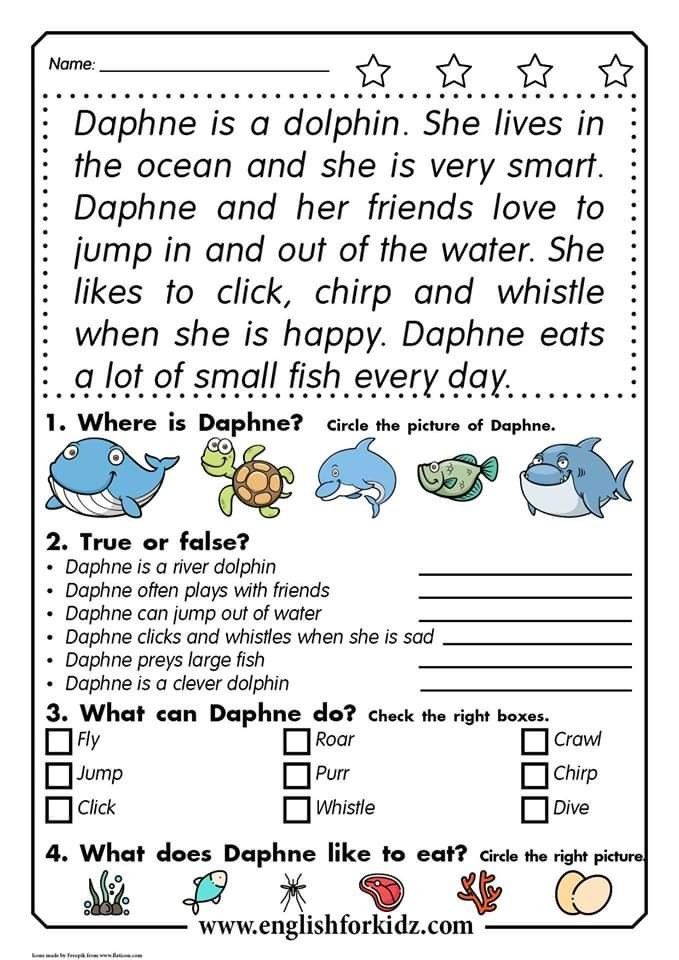 Fortunately, some are much more willing to succumb to the joy of discovery. But, even if it's not you, creativity will bring incredible pleasure no matter where and when you find a use for it. When we create, we feel great.
Fortunately, some are much more willing to succumb to the joy of discovery. But, even if it's not you, creativity will bring incredible pleasure no matter where and when you find a use for it. When we create, we feel great.
To recap. We are born with two conflicting commands. On the one hand, we are programmed to conserve energy - this manifests the instinct of self-preservation. On the other hand, we tend to strive to push boundaries, to explore, to enjoy discoveries, even to be in danger. So, curiosity is inherent in all children. The second impulse leads to creativity. We need both "programs", but the first does not require much effort, maintenance and motivation. Creativity is difficult to develop on your own. In adult life, at work and at home, there are not so many opportunities for curiosity and new discoveries, but there are many obstacles that prevent you from taking risks and exploring. Therefore, the motivation needed to be more creative quickly fades, and as a result, most do not consider or feel that they are creative individuals.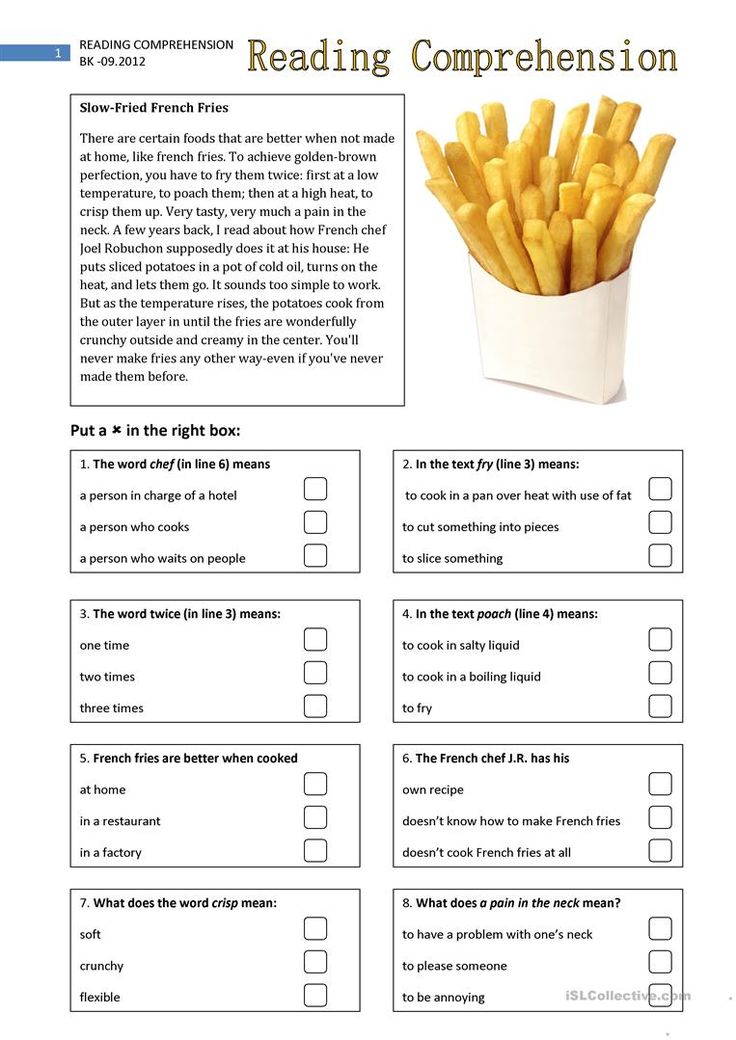 nine0003
nine0003
While genes are passed down automatically from generation to generation, things are different with inventions and ideas. Every child should learn from the very beginning how to use fire, the wheel, or atomic energy. The pieces of information that have to be learned in order for a culture to continue are called “memes,” a term from Richard Dawkins’ The Selfish Gene*. All memes - from language and numbers to theories, songs and laws - must be passed on to children or will be lost. Therefore, memes can be considered the cultural equivalents of genes. nine0003
An extremely creative person can change a meme. And if society accepts this, then the meme will enter the culture. New songs, ideas, technologies - that's what creativity is. However, memes do not appear spontaneously, as in biological evolution with mutated genes. To change the tradition, you need to make an effort, as well as educate future generations. Everything new requires attention, and this is a very limited resource.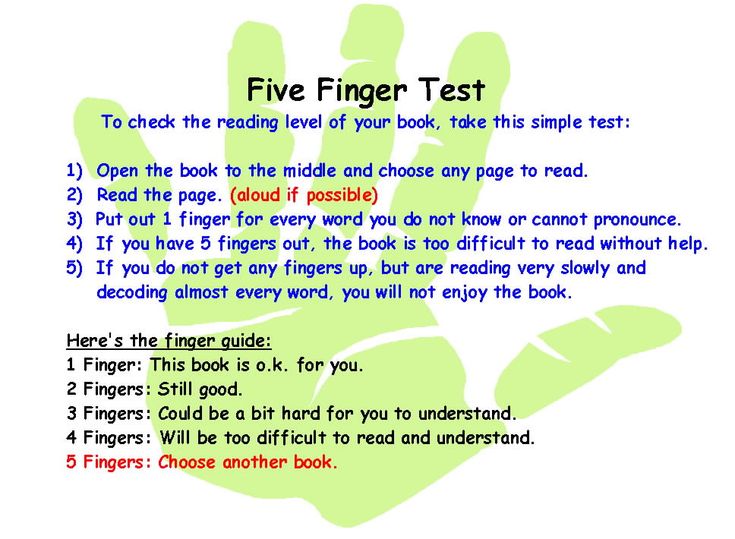 We are not able to process too much data at once, and constant employment makes it difficult to come up with something out of the ordinary. Most of the time is spent on daily activities at work and at home. nine0003
We are not able to process too much data at once, and constant employment makes it difficult to come up with something out of the ordinary. Most of the time is spent on daily activities at work and at home. nine0003
In other words, to become more inventive in any area, you need to "free up" the lion's share of attention.
If we are busy all the time, we are unlikely to come up with ideas that can change or improve a product, a song, or a way of life idea or action. This is the destruction of habitual, well-established patterns of thinking, which happens to everyone, with some more often, with others less often. The novelty and value of ideas aimed at changing paradigms and memes within a particular tradition, culture or science are determined by experts in this field or discipline. Thus, the innovation receives a social assessment: "This is really unusual." Creativity is not limited to thoughts in the head, it manifests itself through the interaction of ideas with the socio-cultural context.It's more of a social phenomenon than a personal one. nine0003
There are other definitions of creativity. A creative person is an interested and inspired person with non-standard thinking; a person with an original view of the world; a versatile person without prejudice, who, through insight, is able to invent products and generate ideas or techniques that lead to important discoveries.
New ways
Let's imagine for a moment: we are on the top floor of a skyscraper, a night city spreads out in front of us. Somewhere in the windows the light is on. Cars scurry through the streets, lighting the way with headlights, and lanterns flicker. Our brain is like a city in the dark, in which individual avenues, streets and houses are always lit. nine0003
To continue this metaphor, the brain is 'illuminated' in a variety of ways. We can "light" a huge number of "lanterns" - create neural connections, but only some of the "streets" (nerve pathways) will be illuminated throughout them.
Therefore, we tend to use the same data to solve different problems, as if we were walking along illuminated streets in search of familiar information or sensations. However, there are other, unbeaten paths where unusual ideas and solutions await. nine0003
We live as if in a semi-automatic mode, solving most problems based on experience, reliable data and culture. These are three large, always lit avenues.
Remember, I said: due to entropy, the brain tries to conserve energy? He conserves strength to survive in the event of an unforeseen flight or battle. That is why, when solving an intellectual problem, we first of all turn to existing knowledge.
Our experience is a constant source of information. But if we need unhackneyed forms or ideas, if we crave inspiration or revelation, we will have to make an effort and light new “lanterns” (in other words, form new neural micronetworks). Effort requires energy. With luck, we find different answers to the same question, different solutions to the same problem.
Let's call it a creative challenge. nine0003
The more precise the formulation of the creative problem, the easier it will be to find its solution. Imagine: a creative task is a drawing on a box, without which it is difficult to assemble a puzzleWhich way to work, school, university or somewhere else that we have to go every day do we choose? Always, or almost always, unchanged. The same avenue, the same streets, the same metro or bus. I would venture to suggest that we can change our morning route a maximum of two, three, four times. Why walk down a different street or take a different bus if we're sure ( knowledge ) that our usual path will lead us to the goal ( culture and experience )? The brain does not want to make extra efforts and waste energy on what is already established. Time passes, experience accumulates, and models and structures of thinking are formed in neural networks - illuminated avenues of a big city.
As we shall see later, the creative process will destroy these models and structures, opening the way for what does not fit in them.
Answer 10 questions
Write it down as you remember. It is better to answer in more detail. nine0003
1. What is neuroplasticity?
2. What can be used to change the structure and anatomy of the brain?
3. How did mankind survive?
4. What is evolution?
5. What centers in the brain are stimulated by the discovery of something new?
6. What is the paradox of brain impulses?
7. Why does the motivation for creativity quickly fade away?
8. Who can change a meme?
9. Why do we tend to use the same data to solve different problems? nine0003
10. Why might we not get ideas?
Check your answers
If you answered correctly, give yourself one point, no - zero. If you answered rather correctly, you can put 0.5 points. But we advise you not to ascribe too much to yourself, so that the result is true.
Sum up the scores and write it down on a piece of paper.
Correct answers:
1. Neuroplasticity is the ability of the brain to learn and change until death. nine0003
2. It is possible to change the structure and anatomy of the brain with the help of consciousness, thinking
3. We survived, in particular, thanks to two continuous processes: biological evolution and the development of culture.
4. Evolution consists in the accumulation of such genetic mutations that make their carriers better adapted to the environment.
5. Pleasure centers in the brain are stimulated by the discovery of something new.
6. The brain sends two mutually exclusive orders: on the one hand, to make as little effort as possible (calm), and on the other hand, to seek and explore new things (creativity). nine0003
7. In adult life, at work and at home, there are few opportunities for curiosity and new discoveries, but there are many obstacles that prevent you from taking risks and exploring.
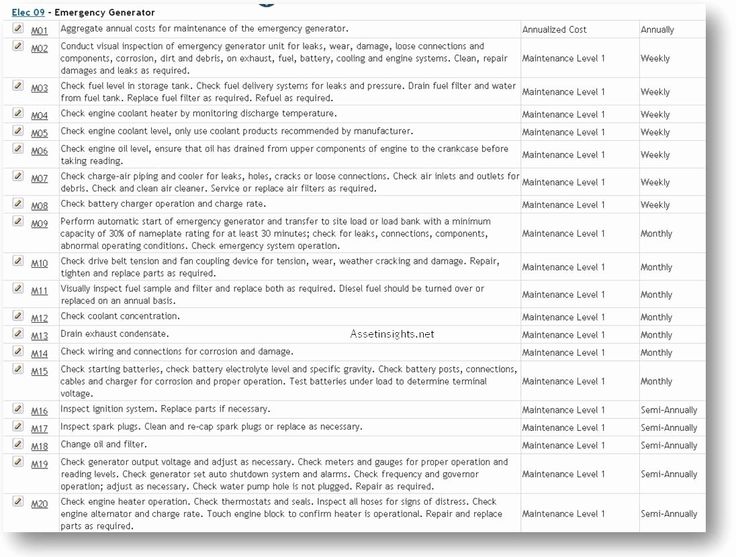
Learn more



